
Filter News
Area of Research
- Advanced Manufacturing (1)
- Biology and Environment (11)
- Computational Engineering (1)
- Computer Science (8)
- Energy Science (19)
- Fusion and Fission (4)
- Isotopes (1)
- Materials (48)
- Materials for Computing (8)
- National Security (11)
- Neutron Science (10)
- Quantum information Science (4)
- Sensors and Controls (1)
- Supercomputing (31)
News Type
News Topics
- (-) Artificial Intelligence (51)
- (-) Chemical Sciences (48)
- (-) Microscopy (28)
- (-) Quantum Science (42)
- (-) Security (13)
- 3-D Printing/Advanced Manufacturing (82)
- Advanced Reactors (25)
- Big Data (25)
- Bioenergy (42)
- Biology (47)
- Biomedical (28)
- Biotechnology (14)
- Buildings (36)
- Clean Water (16)
- Composites (23)
- Computer Science (105)
- Coronavirus (28)
- Critical Materials (23)
- Cybersecurity (20)
- Education (3)
- Element Discovery (1)
- Emergency (1)
- Energy Storage (75)
- Environment (86)
- Exascale Computing (14)
- Fossil Energy (2)
- Frontier (17)
- Fusion (26)
- Grid (38)
- High-Performance Computing (44)
- Hydropower (6)
- Irradiation (2)
- Isotopes (25)
- ITER (5)
- Machine Learning (27)
- Materials (96)
- Materials Science (90)
- Mathematics (3)
- Mercury (5)
- Microelectronics (1)
- Molten Salt (8)
- Nanotechnology (41)
- National Security (21)
- Neutron Science (81)
- Nuclear Energy (47)
- Partnerships (33)
- Physics (30)
- Polymers (23)
- Quantum Computing (18)
- Simulation (19)
- Space Exploration (13)
- Statistics (2)
- Summit (30)
- Transportation (62)
Media Contacts

A collection of seven technologies for lithium recovery developed by scientists from ORNL has been licensed to Element3, a Texas-based company focused on extracting lithium from wastewater produced by oil and gas production.
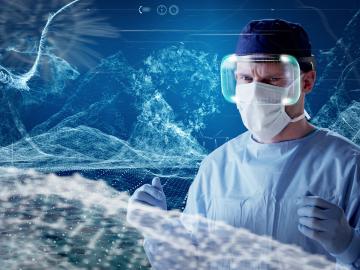
In partnership with the National Cancer Institute, researchers from ORNL and Louisiana State University developed a long-sequenced AI transformer capable of processing millions of pathology reports to provide experts researching cancer diagnoses and management with exponentially more accurate information on cancer reporting.
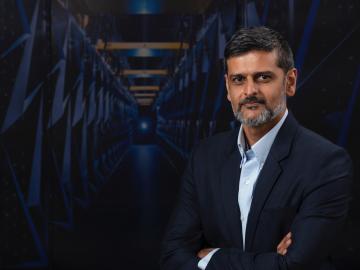
Anuj J. Kapadia, who heads the Advanced Computing Methods for Health Sciences Section at ORNL, has been elected as president of the Southeastern Chapter of the American Association of Physicists in Medicine.

To capitalize on AI and researcher strengths, scientists developed a human-AI collaboration recommender system for improved experimentation performance.

In a win for chemistry, inventors at ORNL have designed a closed-loop path for synthesizing an exceptionally tough carbon-fiber-reinforced polymer, or CFRP, and later recovering all of its starting materials.

ORNL climate modeling expertise contributed to a project that assessed global emissions of ammonia from croplands now and in a warmer future, while also identifying solutions tuned to local growing conditions.
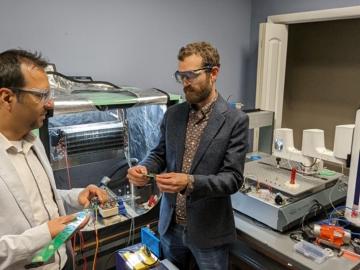
Four ORNL teams and one researcher were recognized for excellence in technology transfer and technology transfer innovation.
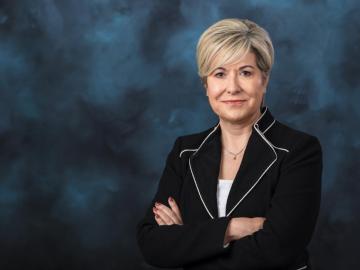
Gina Tourassi, associate laboratory director for computing and computational sciences at the US Department of Energy’s (DOE’s) Oak Ridge National Laboratory, has been named a fellow of the Institute of Electrical and Electronics Engineers, the world’s largest organization for technical professionals.
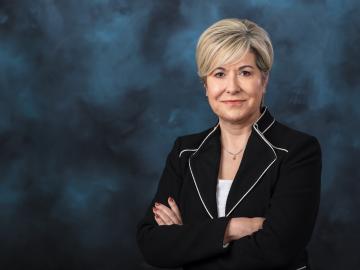
Effective Dec. 4, Gina Tourassi will assume responsibilities as associate laboratory director for the Computing and Computational Sciences Directorate at the Department of Energy’s Oak Ridge National Laboratory.

ORNL is home to the world's fastest exascale supercomputer, Frontier, which was built in part to facilitate energy-efficient and scalable AI-based algorithms and simulations.


